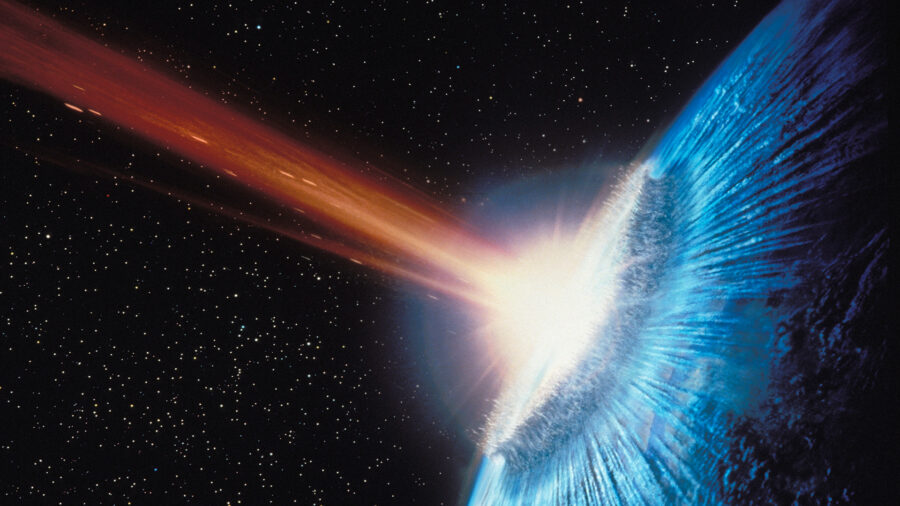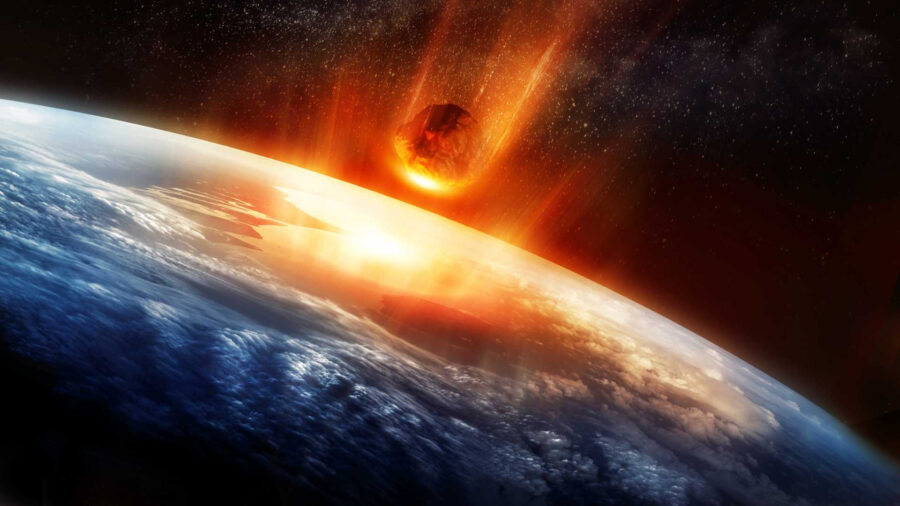Comet With Water In Asteroid Belt Discovered, And There’s Another Mystery
A comet was found to contain water, but it has no CO2, baffling scientists.

NASA scientists have been hard at work searching for water in outer space, from rivers on Mars to giant clouds of precipitation hanging in the aether of the Orion constellation. Given that high-quality H2O is the hottest commodity in the vast expanse of space, you can imagine the shock felt by researchers this past week when they discovered water vapor surrounding a comet in our solar system’s very own asteroid belt. According to a write-up in Engadget, the comet is the first confirmation scientists have of the long-held belief that such celestial objects could preserve water in ice form, even in close quarters with our sun.
NASA researchers led by Deputy Project Scientist for Planetary Science, Stefanie Milam, recently discovered a comet surrounded by water within the torus-shaped region of our solar system known as the asteroid belt. Using the James Webb Space Telescope’s infrared camera to catalog images and information about the distant comet, Milam and her team have finally confirmed the hypothesis that iced water can travel in relatively close proximity to the sun unimpeded when carried by comets.
This discovery marks the first of its kind within the main asteroid belt, though scientists have been aware that comets in the distant reaches of the Oort Cloud or Kuiper Belt could contain water, given their great distance from the sun.
Some of the earliest life on planet Earth is thought to have come in the form of microbes trapped within ice carried by a comet, leaving many great minds in the scientific community to wonder where these organisms could have originated and if such life could exist on other planets. In the case of the comet water discovered by Milam and her team, it’s far too early to tell, but this discovery is a grand step in finding out. Of course, like all great scientific discoveries, the comet raises more questions than it immediately answers.

For starters, the James Webb Space Telescope didn’t detect any carbon dioxide in the comet’s water supply, baffling scientists as all known water materials in a comet thus far have been known to contain 10 percent carbon dioxide, even in a vaporized form. Milam’s team has argued that perhaps the CO2 dissipated over the course of billions of years as the vast space-rock continued to soar its waterlogged nucleus around the galaxy. Alternatively, the comet could have formed in a particularly arid climate within the solar system that contains no CO2 at all, leaving scientists scratching their heads as to how the water would behave in a scientific setting once thawed.
While NASA researchers have discussed a sample collection mission, no such operation has been set into motion at this time. Of course, this mission would be significantly more practical than other proposed expeditions of this kind, as the distant reaches of the Oort Cloud and the Kuiper Belt begin over two light-years from Earth and at the edge of Neptune’s orbit, respectively. With questions regarding the missing CO2 count within the comet water, it’s just a reminder that there’s very little we know about the universe.












